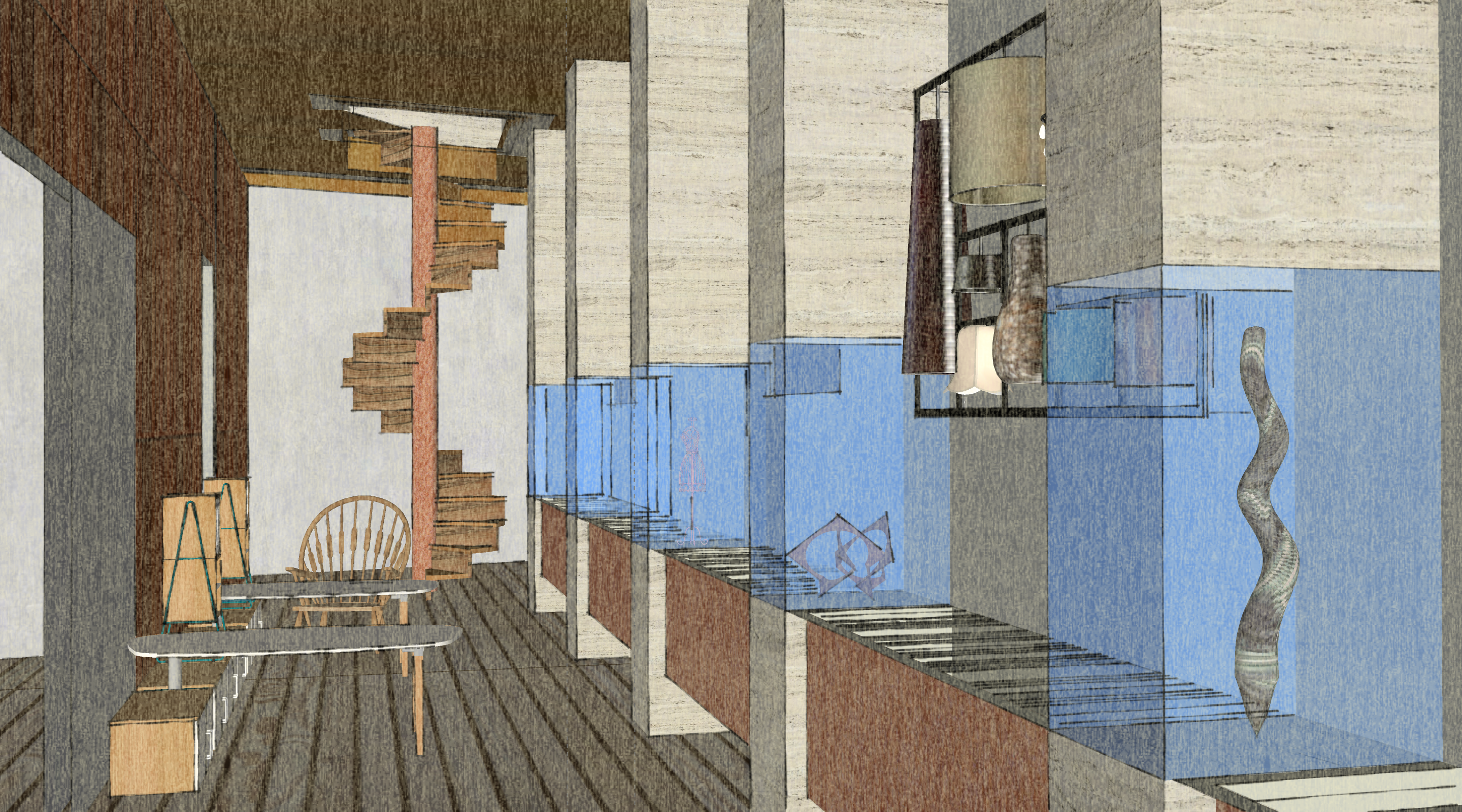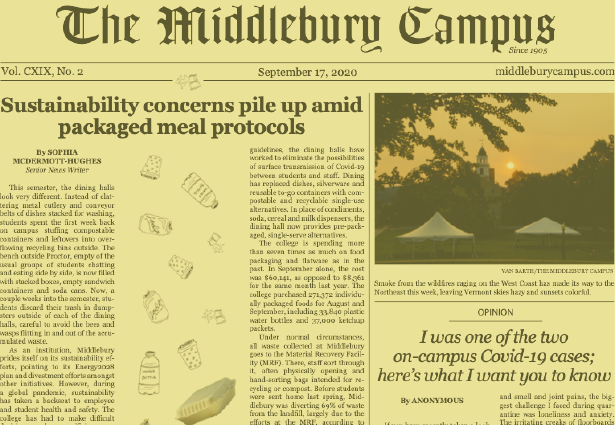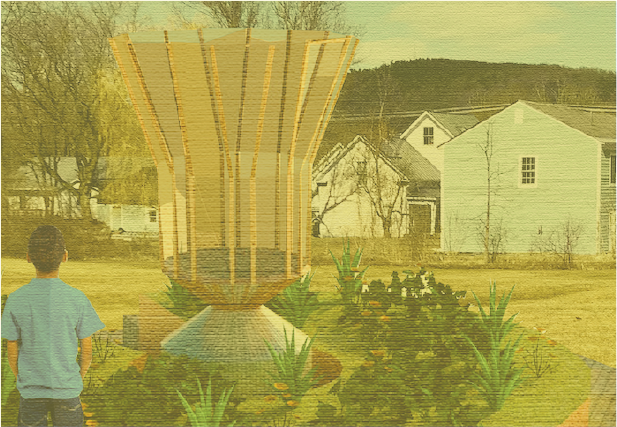
This project researches the principles of pre-colonialism versus colonial aesthetics and practices to understand what it means to decolonize the built environment. The design seeks to call attention to the history of the land and Middlebury College's
colonial past by incorporating the values of modern Indigenous architecture. This includes emphasizing the structure's connection to place, community, integration with the land, and developing a universally inclusive environment.
SITE PLAN

The design explores what it means to decolonize inaccessible spaces like the museum and the archives through design. Though it forms a liminal space between the land and the built, it does not attempt to construct a sublime architectural
experience rooted in wealth and privilege yet, strives to create a comfortable and accessible space for creative, academic, and environmental engagement.
Creation/Educational Spaces
How do we create a conversation between the viewing of and the historical understanding and creation of objects?Gathering Spaces
How do we blur the boundary between informal gathering and structured exhibition space to form a casual and accessible interaction with objects?Museum Spaces
How can exhibition design limit gallery spaces from reinforcing feelings of exclusion and neo-colonization? How can we combat the inclusion of mostly Western-centric objects from highly colonial epochs when we are not the curators of the museum?Archive Spaces
How do we highlight the voices of marginalized communities that have been buried within the archives and make their stories more accessible to the general public?Outdoor Landscape
How do we respond and engage with the land through design to diffuse the boundary between the built and the natural environment?SECTION

DIAGRAMMING SPACES OF DECOLONIZATION

PERSPECTIVES








